Related Research Articles
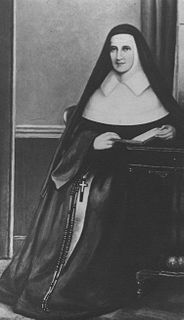
The Sisters of Mercy is a religious institute of Catholic women founded in 1831 in Dublin, Ireland, by Catherine McAuley. As of 2019, the institute had about 6200 sisters worldwide, organized into a number of independent congregations. They also started many education and health care facilities around the world.
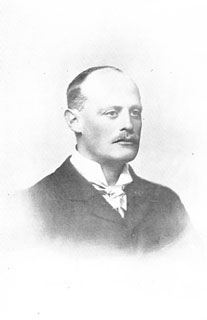
Thomas Pakenham, 5th Earl of Longford, KP, MVO, known as Lord Silchester until 1887, was an Irish peer and soldier.
Events from the year 1944 in Ireland.
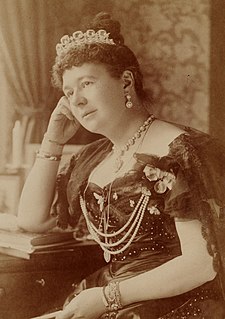
Ishbel Maria Hamilton-Gordon, Marchioness of Aberdeen and Temair, was a British author, philanthropist, and an advocate of women's interests. As the wife of John Hamilton-Gordon, 1st Marquess of Aberdeen and Temair, she was viceregal consort of Canada from 1893 to 1898 and of Ireland from 1906 to 1915.
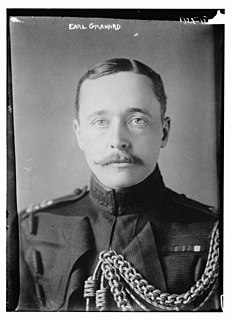
Bernard Arthur William Patrick Hastings Forbes, 8th Earl of Granard,, styled Viscount Forbes from 1874 to 1889, was an Anglo-Irish soldier and Liberal politician.
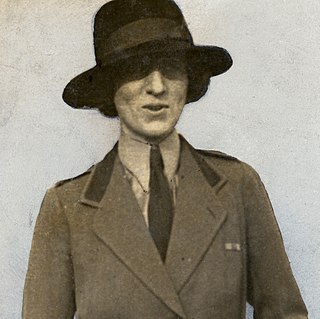
Gertrude Mary Denman, Lady Denman, GBE was a British woman active in women's rights issues including the promotion of Women's suffrage in the United Kingdom. She was also the wife of Lord Denman, the 3rd Baron Denman, fifth Governor-General of Australia, and she officially named Australia's capital city Canberra in 1913.

Kathleen Florence Lynn was an Irish Sinn Féin politician, activist and medical doctor.

Newtownforbes is a village in County Longford, Ireland. It was historically called Lisbrack, an anglicisation of the Irish name.
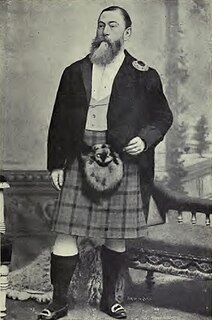
Sir Charles Alexander Cameron, CB was an Irish physician, chemist and writer prominent in the adoption of medical hygiene. For over fifty years he had charge of the Public Health Department of Dublin Corporation. He was elected President of the Royal College of Surgeons in Ireland (RCSI) in 1885.
Sir William John Thompson was a physician who became Registrar General for Ireland from 1909 to 1926.
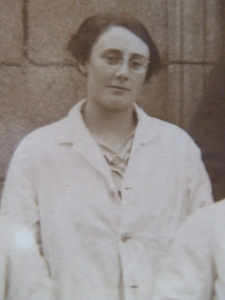
Dorothy Stopford Price was an Irish physician who was key to the elimination of childhood tuberculosis in Ireland by introducing the BCG vaccine.
The Dublin Women's Suffrage Association (DSWA), later the Irish Women's Suffrage and Local Government Association (IWSLGA), was a women's suffrage organisation based in Dublin from 1876 to 1919, latterly also campaigning for a greater role for women in local government and public affairs. The association grew from a committee established by Anna Haslam and her husband, Thomas Haslam, after a meeting on 21 February 1872 chaired by the Lord Mayor of Dublin, Sir George Bolster Owens, and addressed by Belfast suffragist Isabella Tod. The DSWA was formally founded at a meeting on 26 January 1876 in the Exhibition Palace, Earlsfort Terrace. After the Poor Law Guardians (Ireland) (Women) Act 1896 allowed women to be elected to the boards of guardians of poor law unions, it renamed itself the Dublin Women's Suffrage and Poor Law Guardians' Association; after the Local Government (Ireland) Act 1898 allowed women to serve on local councils, it became the Dublin Women's Suffrage and Local Government Association. It established branches outside Dublin in the 1890s and became the IWSLGA in 1901. In 1919, after the Representation of the People Act 1918 provided full franchise as local elections and partial franchise at parliamentary elections, the IWSLGA merged with the Irish Women's Association of Citizenship to become the Irish Women Citizens' and Local Government Association, later renamed the Irish Women's Citizens Association, which in 1949 merged into the Irish Housewives Association.

Francis Rynd AM, MRCS, MRIA (1801–1861) was an Irish physician, known for inventing the hollow needle used in hypodermic syringes.
The American Association for Labor Legislation, (AALL) (1906–1945) was an early advocacy group for national health insurance in the United States of America, conceived in 1905, established in 1906, active to 1943, and disbanded in 1945. John Bertram Andrews ran the organization for three decades (1910-1942) as its secretary.
Laura Stewart Sandeman was a Scottish doctor and political activist.

Katharine A. O'Keeffe O'Mahoney was an Irish-born American educator, lecturer, and writer. A teacher of poetry to Robert Frost, she was the author of Famous Irishwomen (1907). O'Mahoney was one of the first Catholic women in New England, if not in the United States, to speak in public from the platform. Among her lectures may be mentioned "A Trip to Ireland" (illustrated); "Religion and Patriotism in English and Irish History" (illustrated); "Mary, Queen of Scots", and "Joan of Arc" ; "An Evening with Milton, including recitations from Paradise Lost", illustrated with fifty views from Dore; "An Evening with Dante, including recitations from the Divine Comedy", illustrated by seventy-six views from Dore; and "The Passion Play of Oberammergau". She founded, and until marriage, edited and published The Sunday Register.

Dr Pearl Dunlevy, was an Irish physician and epidemiologist working on TB and was the first woman president of the Biological Society of the Royal College of Surgeons of Ireland.
Mary Cosgrave was an Irish social worker and local politician.

Mary H J Henderson was an administrator with Elsie Inglis's Scottish Women's Hospitals for Foreign Service in the Balkans in World War I, earning five medals. She founded social work and civic groups led by women, in Dundee, Aberdeen and London and served on charitable bodies including Dundee War Relief Fund, and worked for women's suffrage. She was also a war poet.
References
- ↑ Anne-Michelle Slater, “The Noble Patroness Lady Aberdeen,” in Learning from the Lasses: Women of the Patrick Geddes Circle, Walter Stephen (Edinburgh: Luath Press Limited, 2014), 166. ISBN 9781910021064
- ↑ "Review of Ireland's crusade against tuberculosis". The Dublin Journal of Medical Science. CXXVI: 379–381. November 1908.
- ↑ Neil Moxham, Longford Women's Unionist Association
- ↑ Longford Women's unionist association